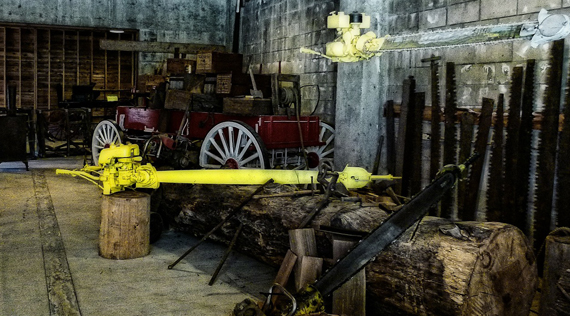
VANCOUVER (Scrap Monster): The new report commissioned by the Southern Interior Beetle Action Coalition (SIBAC) in cooperation with the B.C. Community Forest Association (BCCFA) demonstrates the significant value of the province’s community forests. The report titled “Community Forests-Community Benefits: The Economic Contributions of Community Forests to Rural BC Communities” provided detailed economic analysis of community forests in the province.
According to the report, the number of community forests in the province has surged higher from 8 in 2005 to 51 in 2015. The community forests hold only a very small percentage of the province’s forest tenures, representing only 1.9 million cubic metres of the total allowable annual cut (AAC) of 78.9 million cubic metres as of 2015. However, the community forests make significant local impact, as they operate quite close to their respective communities. They create noteworthy benefits for the communities and the province as a whole.
The report highlights the employment trend in forestry sector over the past several years. The total employment in the forest sector has declined significantly over the period from 1991 to 2014. The labour force in B.C’s forest sector hit the peak of 103,000 in 1995. The employment which remained around 100,000 until 2000, started to decline sharply in the following years. The labour force dropped to 60,000 in 2014, considerably down by 42% when matched with 1995 peak. It must be noted that the harvest volumes in the province have declined only by 5.8% during this period.
Technological changes in harvesting and manufacturing has resulted in closure of large number of sawmills in B.C. Significant investment in upgrades and technological advancements have led to more production by the less number of mills. Also, jobs in forest sector have declined. For instance, the B.C Forest Sector Employment Coefficient has dropped from 1.3 jobs per 1000 cubic metres in 1993 to 0.8 per 1000 cubic metres in 2014.
The closure of sawmills and cut in employment has impacted many of B.C’s smaller rural communities. Many of the 61 sawmill closures during 1990-2013 were in the smaller rural communities of the province. The study highlights 18 communities that were affected the most. The overall total labour force in the mentioned 18 communities expanded only by 1% as compared with 15.9% provincial growth rate between 2001 and 2011. Several communities reported sizeable decline in local labour forces with Mackenzie and McBride reporting the highest declines of 26.5% and 25% respectively in local labour force during the above mentioned period. Consequently, smaller forestry-dependent rural communities have seen substantial loss in payroll and industrial tax revenue.
The reporting community forests created almost 810 direct full-time equivalents (FTEs) in 2013. They also accounted for 1051 indirect and induced employment during the year. The total employment, including direct, indirect and induced stood at 1,860 FTEs in 2013. Also, the reporting 23 community forests paid out over $4.5 million in payroll and consulting fees in 2013. From 2003 to 2013, the community forests have paid out approximately $25 million.
| Copper Scrap View All | |
| Alternator | 0.32 (0) |
| #1 Copper Bare Bright | 3.76 (-0.01) |
| Aluminum Scrap View All | |
| 356 Aluminum Wheels (Clean) | 0.73 (0) |
| 6061 Extrusions | 0.64 (0) |
| Steel Scrap View All | |
| #1 Bundle | 460.00 (-15) |
| #1 Busheling | 480.00 (-15) |
| Electronics Scrap View All | |